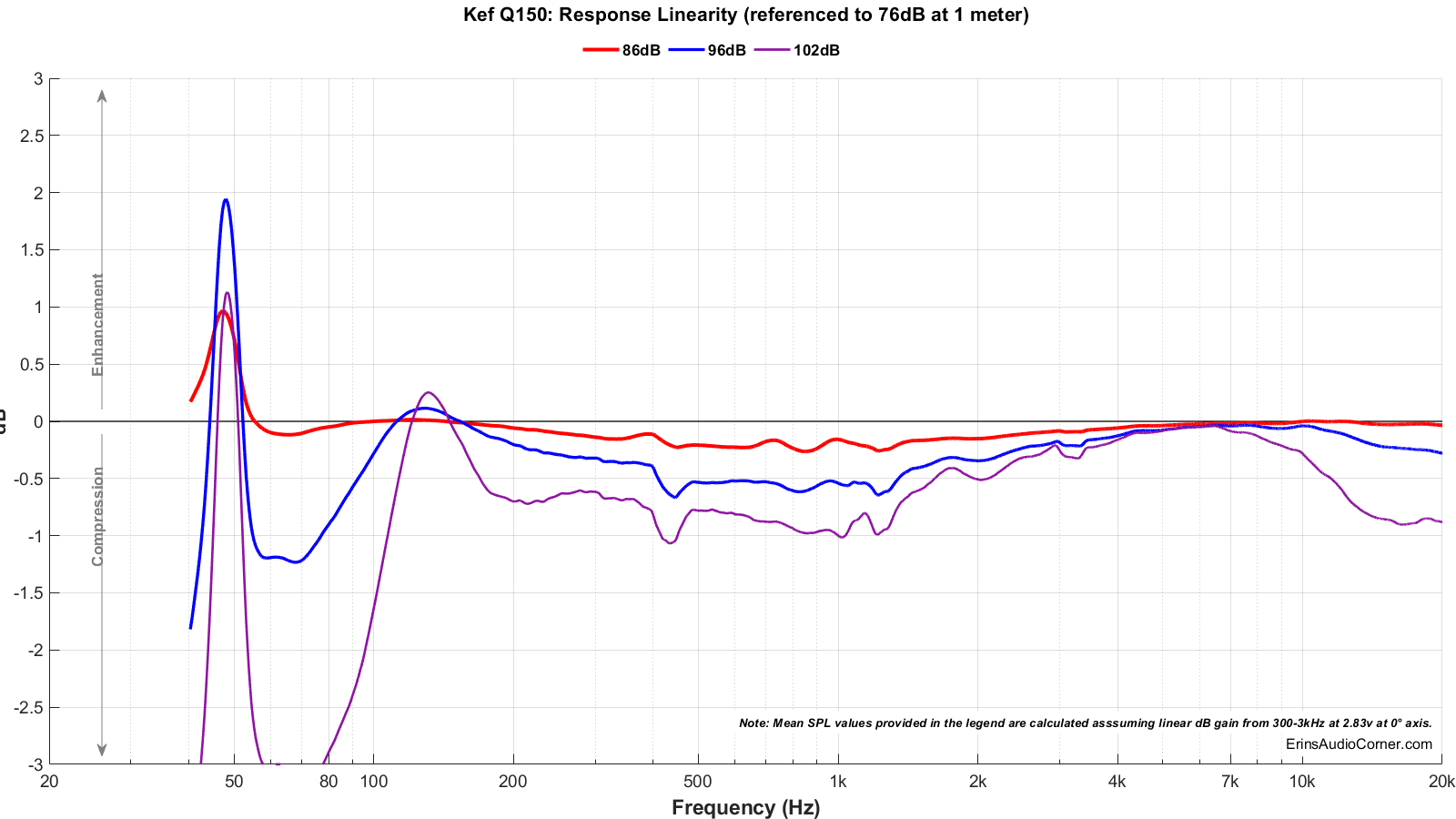Has anybody else experienced the phenomenon whereby the level at which you can listen to a pair of speakers is not so much limited by its abilities (according to distortion charts), but more a feeling of the speaker "losing control".
This experience is all sighted, so take it for what it is worth, but my general feeling is smaller speakers often (but not always) sound strained/as if they are losing control beyond a certain SPL, irrespective of what distortion measurements might say. The other extreme is that PA speakers can sound more "relaxed" at higher volumes, even if they have (and they almost always do) a noticeably more ragged frequency response and, perhaps, other deficiencies.
So, what is going on here...? Perhaps it is just an overactive imagination on my part, but has anyone experienced similar, in that a speaker (or perhaps one's ears) will object to one speaker (within limits) at a certain volume and another, typically larger speaker, at a different (louder) volume.
Is there something to this, anybody feel similarly, anyone want to try flesh this out?
This experience is all sighted, so take it for what it is worth, but my general feeling is smaller speakers often (but not always) sound strained/as if they are losing control beyond a certain SPL, irrespective of what distortion measurements might say. The other extreme is that PA speakers can sound more "relaxed" at higher volumes, even if they have (and they almost always do) a noticeably more ragged frequency response and, perhaps, other deficiencies.
So, what is going on here...? Perhaps it is just an overactive imagination on my part, but has anyone experienced similar, in that a speaker (or perhaps one's ears) will object to one speaker (within limits) at a certain volume and another, typically larger speaker, at a different (louder) volume.
Is there something to this, anybody feel similarly, anyone want to try flesh this out?
Last edited:


